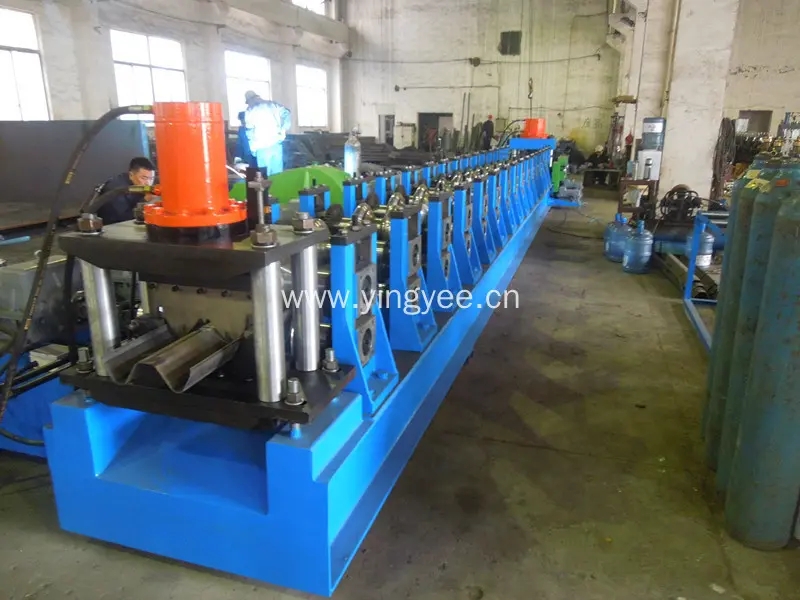
Understanding Steel Deck Cold Bending Machines A Comprehensive Overview
In the modern construction industry, efficiency and precision are paramount. One of the key pieces of equipment that has gained prominence is the steel deck cold bending machine. These machines play a crucial role in the fabrication of steel decking, which is commonly used in floor and roof applications in commercial, industrial, and residential buildings.
A steel deck cold bending machine is designed to shape and bend steel sheets into desired profiles without the application of heat. This cold bending process offers several advantages over traditional hot bending methods, including reduced energy consumption, improved dimensional accuracy, and a faster production rate. It is particularly beneficial for creating various structural components, such as joists and decking, with consistent quality and minimized waste.
The operation of a steel deck cold bending machine typically involves feeding steel sheets into the machine, where rollers and dies work together to form the metal into specific shapes. These shapes can include trapezoidal, rectangular, or other custom profiles needed for specific construction projects. The cold bending process ensures that the material retains its strength and integrity, which is critical for maintaining structural stability.

One of the significant benefits of cold bending machines is their versatility. They can process a range of materials, including various grades of steel, allowing manufacturers to adapt to different project requirements. Moreover, advancements in technology have led to the development of CNC (Computer Numerical Control) cold bending machines, which offer precise control and automation. This high level of automation reduces human error and increases production efficiency, making it a preferred choice for many manufacturers.
The durability of the steel deck produced by these machines is another advantage. Cold-formed steel decks exhibit high resistance to corrosion and deformation, contributing to the longevity of the structure. This quality is essential, especially in commercial construction, where the lifespan of the materials can significantly impact long-term maintenance costs.
Furthermore, the ecological footprint of steel deck cold bending machines is comparatively lower than traditional metal shaping methods. The process generates less waste material and energy usage, contributing to more sustainable building practices. As the construction industry moves towards greener solutions, the use of cold bending technology aligns with these goals.
In conclusion, steel deck cold bending machines are vital tools in the fabrication of steel decking, offering numerous advantages, including efficiency, precision, versatility, and sustainability. Their ability to produce high-quality, durable products makes them indispensable in modern construction projects. As the industry continues to evolve, these machines will undoubtedly play a crucial role in shaping the future of structural engineering and building practices. By investing in advanced cold bending technology, manufacturers can meet the growing demand for innovative building solutions that address both functional and environmental concerns.